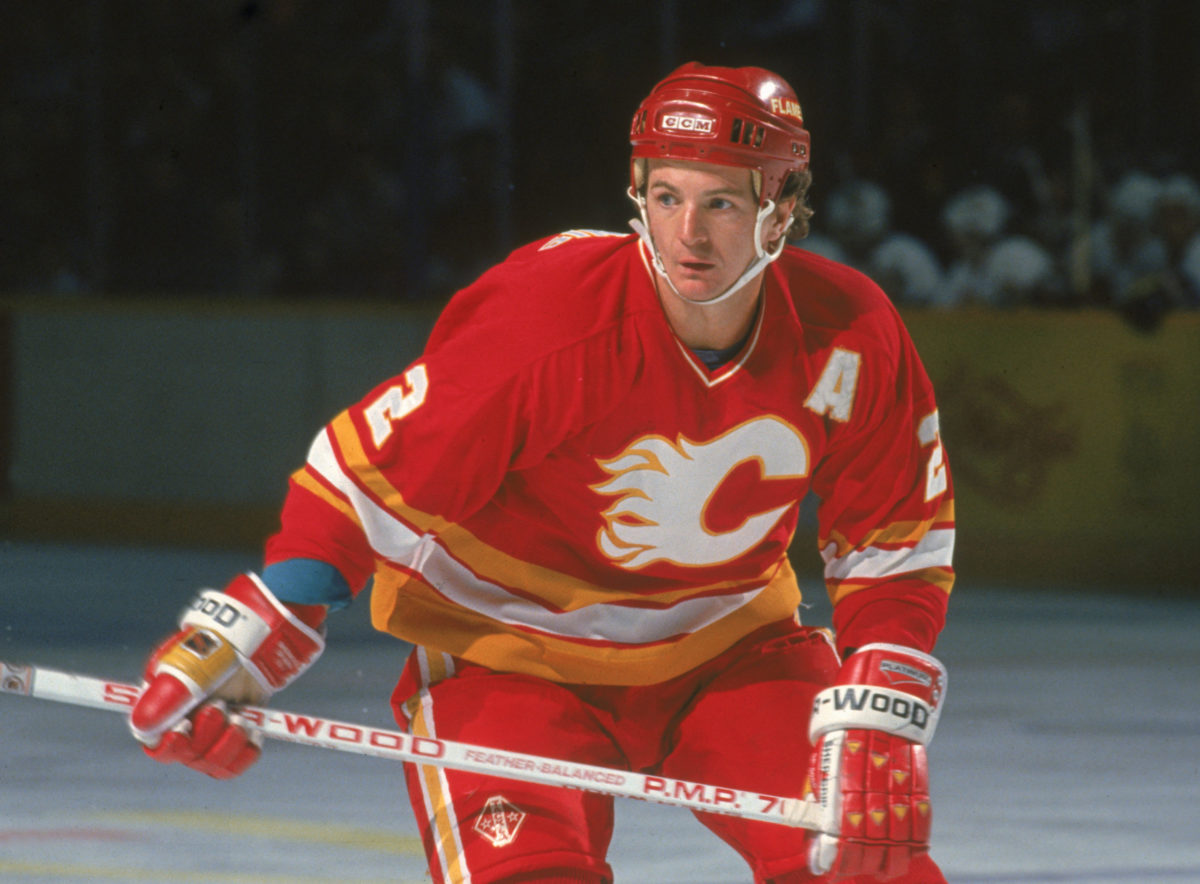In the early days of the Ottawa Senators, they had a very hard time adjusting to the level of talent that was present in the NHL. In the first two seasons of Senators hockey, they were at the mercy of several established franchises, which resulted in a handful of embarrassing losses.
Related: Senators Could Use Matt Murray If the Price Is Right
However, none are more infamous than the 10-0 drubbing at the hands of the Calgary Flames in 1994. The 10 goals the Senators allowed that night isn’t a team record, but it represents a low point for the then-infant franchise. There was another game that season against the St. Louis Blues that resulted in a loss by 10 goals, but they did manage to beat Blues goalie Curtis Joseph once for a final score of 11-1. A team never likes getting a shutout, but when you allow double digits, it becomes much, much worse.
Prelude to the 1993-94 Season
Going into the 1993-94 NHL season, the Senators had just recorded one of the worst seasons in the history of the league. The 1992-93 Sens finished with a record of 10-70-4, scoring the least number of goals, while simultaneously allowing the second most. This wasn’t a surprise, as they and the Tampa Bay Lightning had just entered the league, and shared the burden of the expansion draft.
You may also like:
- Senators’ Recent Moves Promise a Return to the Playoffs
- NHL Rumors: Maple Leafs, Blue Jackets, Senators, Avalanche
- Senators Re-Shape Roster Ahead of Free Agency
- NHL Rumors: Flames, Oilers, Wild, Senators, Penguins, Canadiens
- Senators’ Dorion Is Clear Early Offseason Winner
The Lightning also struggled, but not as much as Ottawa, who finished dead last in the league and acquired the first-overall pick in the 1993 NHL Draft. With this pick, the Senators selected Victoriaville Tigres superstar Alexandre Daigle, who at the time was getting comparisons to Mario Lemieux. Combined with 1992’s first-overall pick in Alexei Yashin, the future looked bright in the nation’s capital.

Despite this, the 1993-94 Senators were still seen as a bottom feeder, and Yashin and Daigle alone didn’t change that. As expected, the team struggled, not recording a win until their seventh game of the season, a 4-1 win over the Anaheim Mighty Ducks. Fast-forward to Jan. 15, on a cold night in Calgary, Alberta, and you get one of the worst losses in Senators’ history.
Related: The Worst 1st Overall Draft Pick…Ever
Going into the game, the Senators sat at a record of 8-34-5, an improvement over the previous season’s record on the same day, but abysmal nonetheless. When the Senators left Calgary that night, they set a then-record for their largest margin of defeat in a single game.
A Firey Defeat
The Flames of 1993-94 weren’t exactly a powerhouse. It had been five years since their first Stanley Cup in franchise history, and some of the players from that roster had left. With that said, they were a good team that still had players like Al MacInnis, Joe Nieuwendyk, and Theoren Fleury. The Sens made the Flames look like world beaters that night, and Calgary forward Robert Reichel had a night to remember.
It took only 3:47 for the Flames to get going, as Reichel put Calgary on the board with assists from Fleury and Michel Petit. It was only another five minutes later when Reichel scored again, this time on the power play. When Nieuwendyk scored a few minutes after, the rout was officially on, with the Flames taking the three-goal lead into the second period.
Related: Flames With 100-Point Seasons
It was another quick start for the Flames in the second, as MacInnis made it 4-0 at the 3:38 mark and Joel Otto made it a five-goal lead just over a minute later. Senators goalie Craig Billington’s night came to an end when Paul Ranheim made it a six-goal game 9:24 into the period. Billington exited the game with 18 saves and 6 goals allowed. The torch fell to backup goalie Darrin Madeley, who didn’t fare any better. Madeley had only been in the net for just over a minute when Wes Walz scored. If the dagger hadn’t already been delivered, having a 7-0 lead going into the third period all but guaranteed a Flames victory.

In the third, the Flames took their feet off the gas pedal a tad, but still managed to control the game. It took until the 7:32 mark for the Flames to break through again, when Waltz scored his second of the game. At 8-0, Calgary still had their feet on the throats of the Senators, wrapping up the game with two power-play goals at 11:12 and 18:30. For the final 10-0 goal, Reichel wrapped up his hat trick, and the Senators had recorded their biggest loss in the history of their franchise.
The Final Box Score
In a 10-0 victory, a lot of players will inevitably get on the scoreboard. What was odd about this game is that no Flame recorded more than three points. However, of the 18 skaters who saw ice time that game, 14 recorded a point. Nine of these players had at least two points, and four had three points that night. Flames goalie Andrei Trefilov recorded his second shutout of the season and the final one of his career. For the Senators, the only notable players that night were forwards Sylvain Turgeon, who recorded six of the Senators’ 21 shots, and Andrew McBain, who somehow remained even in terms of plus-minus in a 10-0 loss.
It took some time to shake off this loss, especially when combined with an 11-1 loss to the Blues later in the season. The 1993-94 Senators finished with a record of 14-61-9; a small improvement, but still a very poor season. The season rewarded them with the third-overall pick in the 1994 draft. There they selected Radek Bonk, who was a very productive player for several seasons.

All franchises must go through growing pains, and Ottawa had more than their fair share. It took time, but the loss was eventually forgotten, and the Senators dominated the league later in the ’90s and 2000s.